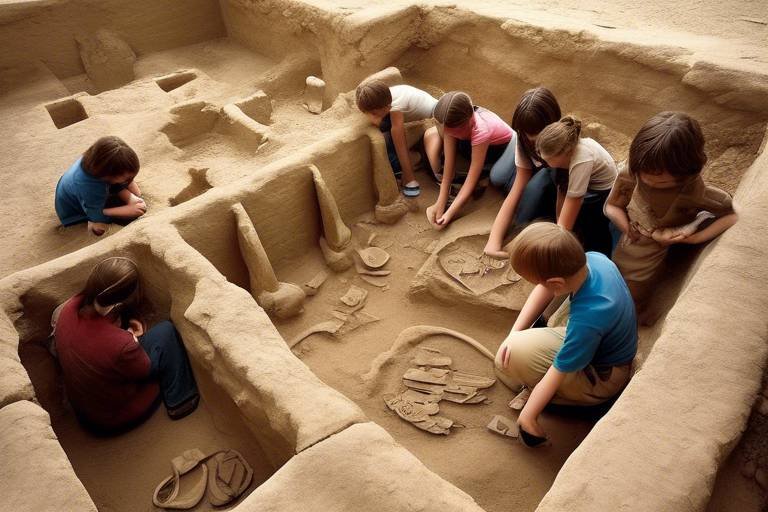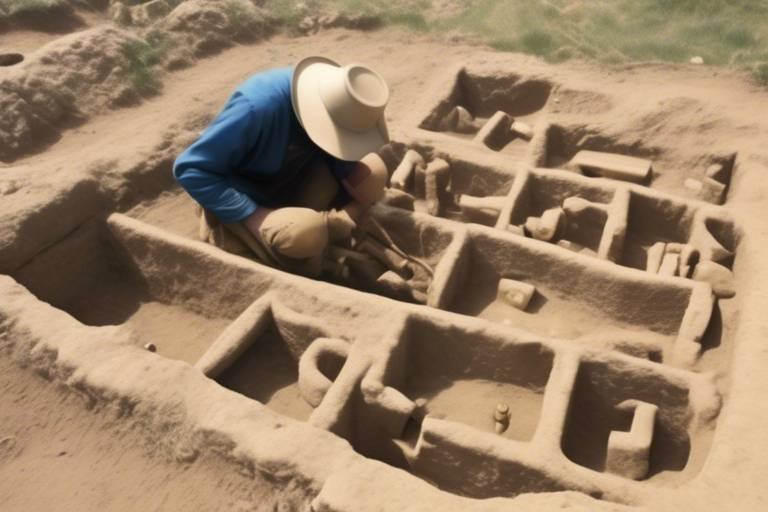The Role of Shamanism in Ancient Cultures
Shamanism, an ancient and mystical practice, played a crucial role in shaping the cultural fabric of early societies. Shamans, revered as spiritual guides and healers, held a position of great significance within their communities. Through their connection to the spirit world, shamans bridged the gap between the physical and metaphysical realms, offering insights, healing, and guidance to those in need.
Originating in the depths of history, shamanism emerged as a spiritual practice deeply rooted in the traditions of early human civilizations. The shaman, often chosen by the spirits themselves, embarked on a journey of self-discovery and enlightenment, honing their abilities to communicate with the unseen forces that governed the world around them.
Shamanic rituals and ceremonies formed the heart of ancient cultures, serving as conduits for spiritual transformation and healing. Through drumming, chanting, and dance, shamans entered altered states of consciousness, allowing them to traverse the realms of the spirit world and commune with otherworldly beings.
Central to shamanic practices were the use of sacred plants, such as ayahuasca and peyote, known for their profound spiritual properties. These plants were revered for their ability to induce visions, deepening the shaman's connection to the divine and facilitating profound healing experiences within the community.
The shamanic worldview was shaped by a complex tapestry of beliefs and cosmological views that guided their interactions with the spiritual realm. Shamans believed in the interconnectedness of all living beings, viewing the world as a web of relationships governed by unseen forces and energies.
Communication with spirits, ancestors, and deities was a central aspect of shamanic practice, allowing shamans to access knowledge, wisdom, and guidance for the benefit of the community. Through trance states and ritual offerings, shamans established relationships with the spirit world, seeking insights to navigate the challenges of daily life.
Shamans were revered for their healing abilities, employing a range of methods and techniques to address physical, emotional, and spiritual ailments within the community. Energy healing and soul retrieval were fundamental practices, aimed at restoring balance and harmony to individuals suffering from illness or spiritual disconnection.
The legacy of shamanism endures in modern society, influencing spiritual practices, holistic healing modalities, and cultural preservation efforts. The wisdom and insights of ancient shamans continue to inspire individuals seeking connection with the divine and a deeper understanding of the mysteries of existence.
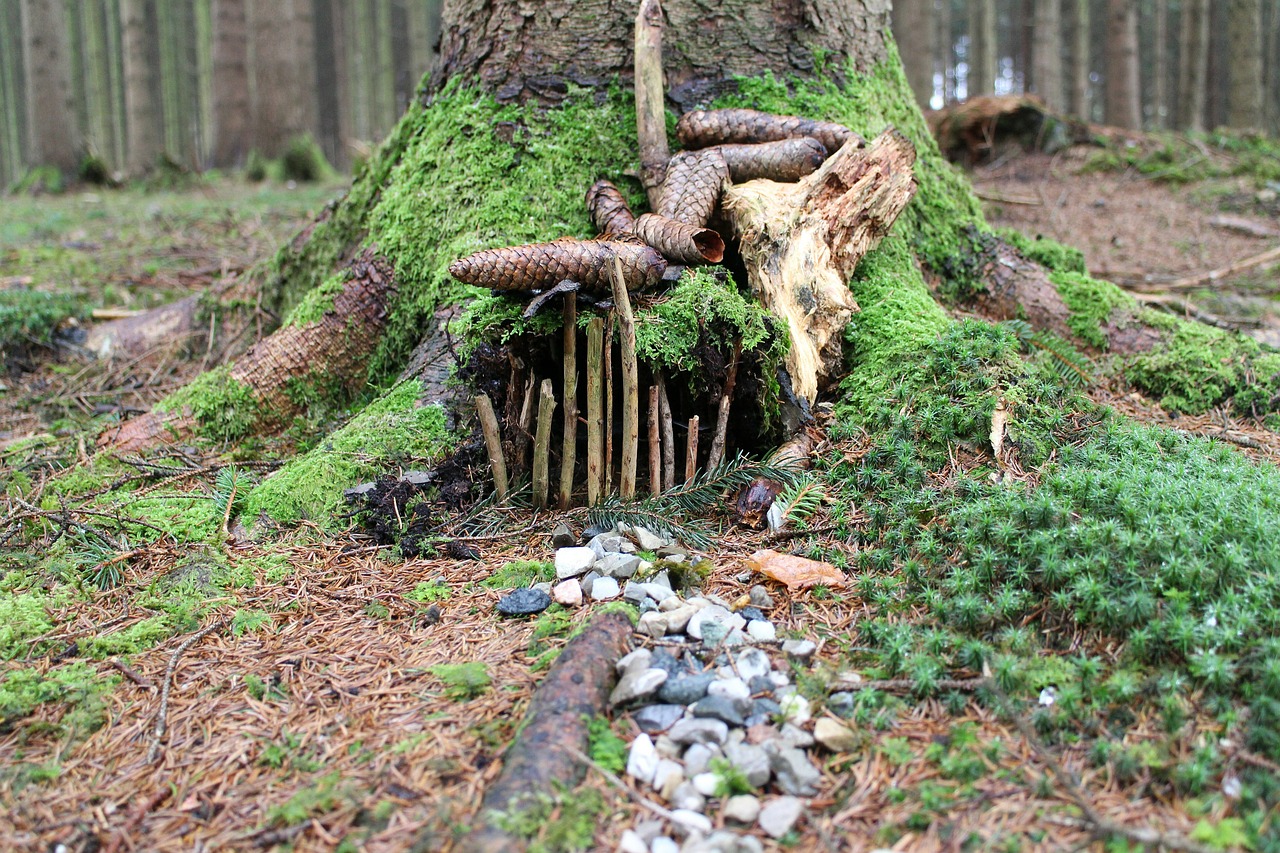
Origins of Shamanism
Shamanism holds a vital place in the history of ancient societies, shaping their practices, beliefs, and healing traditions. Exploring the significance of shamanism unveils a world where spiritual connections, rituals, and healing intertwine to form the fabric of cultural identity.
The roots of shamanism delve deep into the annals of human history, emerging as a spiritual practice in the earliest civilizations. Shamans, revered for their ability to bridge the physical and spiritual realms, played a crucial role in guiding communities towards harmony and well-being.

Shamanic Rituals and Ceremonies
Shamanic rituals and ceremonies hold a profound significance in the practice of shamanism, serving as powerful conduits for shamans to connect with the spirit world and facilitate healing within their communities. These rituals are deeply rooted in ancient traditions and are carried out with meticulous attention to detail and spiritual reverence.
One of the central aspects of shamanic rituals is the use of **drumming** and **chanting** to induce a trance-like state that allows the shaman to journey into the spiritual realms. The rhythmic beats of the drum and the melodic chants create a sacred space where the shaman can communicate with spirit guides, ancestors, and other entities beyond the physical world.
**Sacred objects** such as feathers, crystals, and animal bones are often incorporated into shamanic ceremonies to enhance spiritual connections and channel divine energies. These objects are believed to carry the essence of the natural world and serve as conduits for healing and guidance.
During shamanic ceremonies, **sacred plants** play a crucial role in altering consciousness and expanding perception. Plants like ayahuasca and peyote are revered for their ability to induce visionary experiences that offer profound insights and healing for both the shaman and the participants.
**Fire ceremonies** are another common practice in shamanism, symbolizing transformation, purification, and renewal. By dancing around the sacred fire and offering prayers and intentions, shamans harness the elemental power of fire to transmute negative energies and bring about positive change.
Moreover, shamanic rituals often involve **soul retrieval**, a process in which the shaman journeys into the spirit world to retrieve lost soul fragments of individuals suffering from trauma or illness. Through this sacred act, the shaman helps restore wholeness and harmony to the individual's soul.
Overall, shamanic rituals and ceremonies are not merely symbolic gestures but profound acts of spiritual communion and healing that have been passed down through generations. They embody the essence of shamanism as a transformative practice that bridges the gap between the physical and spiritual realms, offering profound insights and healing to those who seek its wisdom.

Use of Sacred Plants
When delving into the realm of shamanism, one cannot ignore the profound significance of the use of sacred plants in ancient rituals and ceremonies. These sacred plants, such as ayahuasca and peyote, play a crucial role in shamanic practices, serving as gateways to spiritual enlightenment and healing.
Ayahuasca, a powerful brew made from the Banisteriopsis caapi vine and the Psychotria viridis leaf, is renowned for its hallucinogenic properties that induce altered states of consciousness. Shamans have been using ayahuasca for centuries in ceremonial contexts to connect with the spirit world, receive visions, and gain insights into the nature of reality.
Peyote, a small cactus containing psychoactive alkaloids, is another sacred plant widely used in shamanic rituals among indigenous cultures in North America. The consumption of peyote during ceremonies allows shamans to commune with the divine, access higher realms of consciousness, and facilitate healing on physical, emotional, and spiritual levels.
These sacred plants are not merely substances to be ingested but are revered as spiritual allies that assist shamans in their journey of healing and transformation. Through the guidance of these plant teachers, shamans are able to navigate the intricate web of the spirit world, communicate with benevolent spirits, and bring about healing and harmony within the community.

Shamanic Beliefs and Cosmology
Shamanic beliefs and cosmology form the spiritual foundation of shamanic practices, shaping the worldview of shamans and guiding their interactions with the spiritual realm. At the core of shamanic beliefs is the concept of interconnectedness, viewing all aspects of existence as interconnected and interdependent. Shamans believe that everything in the universe, from plants and animals to rocks and celestial bodies, is imbued with a spiritual essence.
This interconnected web of life is central to shamanic cosmology, which perceives the world as a dynamic and living entity where everything is interconnected through a web of relationships. Shamans see themselves as mediators between the human world and the spirit world, navigating the invisible realms to access wisdom, healing, and guidance for the community.
Central to shamanic beliefs is the idea of the spirit or soul, which is believed to exist beyond the physical body and continue its journey even after death. Shamans communicate with spirits, ancestors, and deities to gain insights, receive messages, and seek assistance in healing rituals and ceremonies.
Furthermore, shamanic cosmology often incorporates the belief in multiple dimensions or realms of existence, where spirits, gods, and other supernatural beings reside. Shamans travel through these realms during trance states induced by drumming, chanting, or the use of sacred plants to access spiritual knowledge and power.
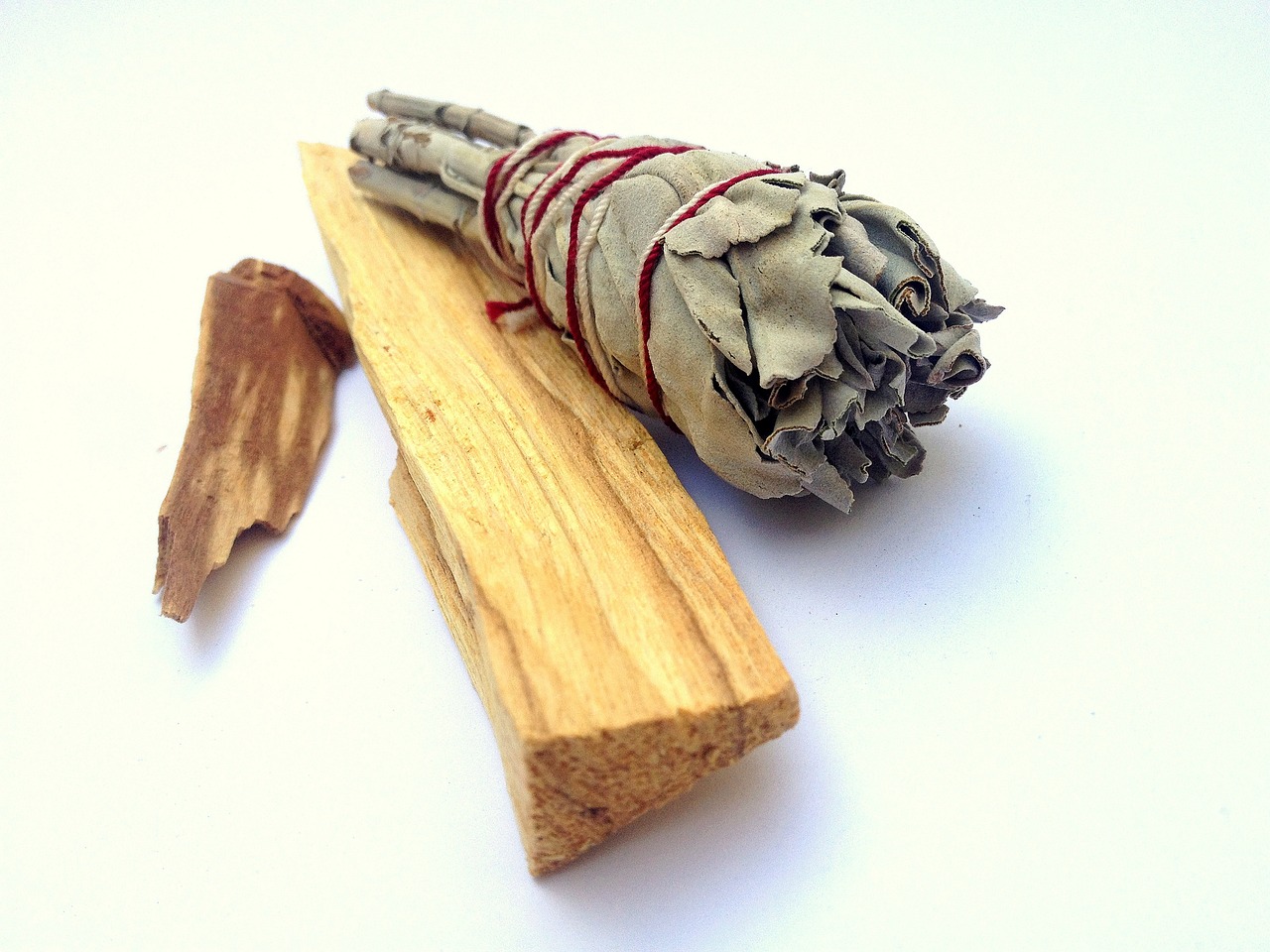
Communication with Spirits
Communication with spirits is a fundamental aspect of shamanic practice, serving as a bridge between the physical and spiritual realms. Shamans engage in various techniques to establish communication with spirits, including trance states, rituals, and ceremonies. Through these practices, shamans aim to gain insights, wisdom, and guidance from spirits, ancestors, and deities to address the needs of the community and individuals.
One common method shamans use to communicate with spirits is through the use of sacred tools such as drums, rattles, and chanting. These tools help shamans enter altered states of consciousness, allowing them to perceive and interact with the spirit world. By creating a conducive environment through rituals and ceremonies, shamans open channels of communication with spiritual entities, seeking healing, knowledge, and protection for themselves and their communities.
Furthermore, shamans often act as intermediaries between the human realm and the spirit realm, conveying messages, offerings, and prayers on behalf of the community. This role of communication with spirits is central to shamanic practices, as it forms the basis for seeking guidance, resolving conflicts, and maintaining balance between the physical and metaphysical dimensions of existence.

Shamanic Healing Practices
Exploring the significance of shamanism in ancient societies and its impact on cultural practices, beliefs, and healing traditions.
Tracing the historical roots of shamanism and its emergence as a spiritual practice in early human civilizations.
Examining the various rituals and ceremonies performed by shamans to connect with the spirit world and heal the community.
Exploring the role of sacred plants such as ayahuasca and peyote in shamanic ceremonies for spiritual enlightenment and healing.
Discussing the core beliefs and cosmological views that shape the shamanic worldview and guide their interactions with the spiritual realm.
Exploring how shamans communicate with spirits, ancestors, and deities to gain knowledge, wisdom, and guidance for the community.
Investigating the methods and techniques used by shamans to heal physical, emotional, and spiritual ailments within the community.
Understanding the concepts of energy healing and soul retrieval in shamanic practices to restore balance and harmony to individuals.
Reflecting on the enduring legacy of shamanism in modern society and its continued influence on spiritual practices, holistic healing, and cultural preservation.
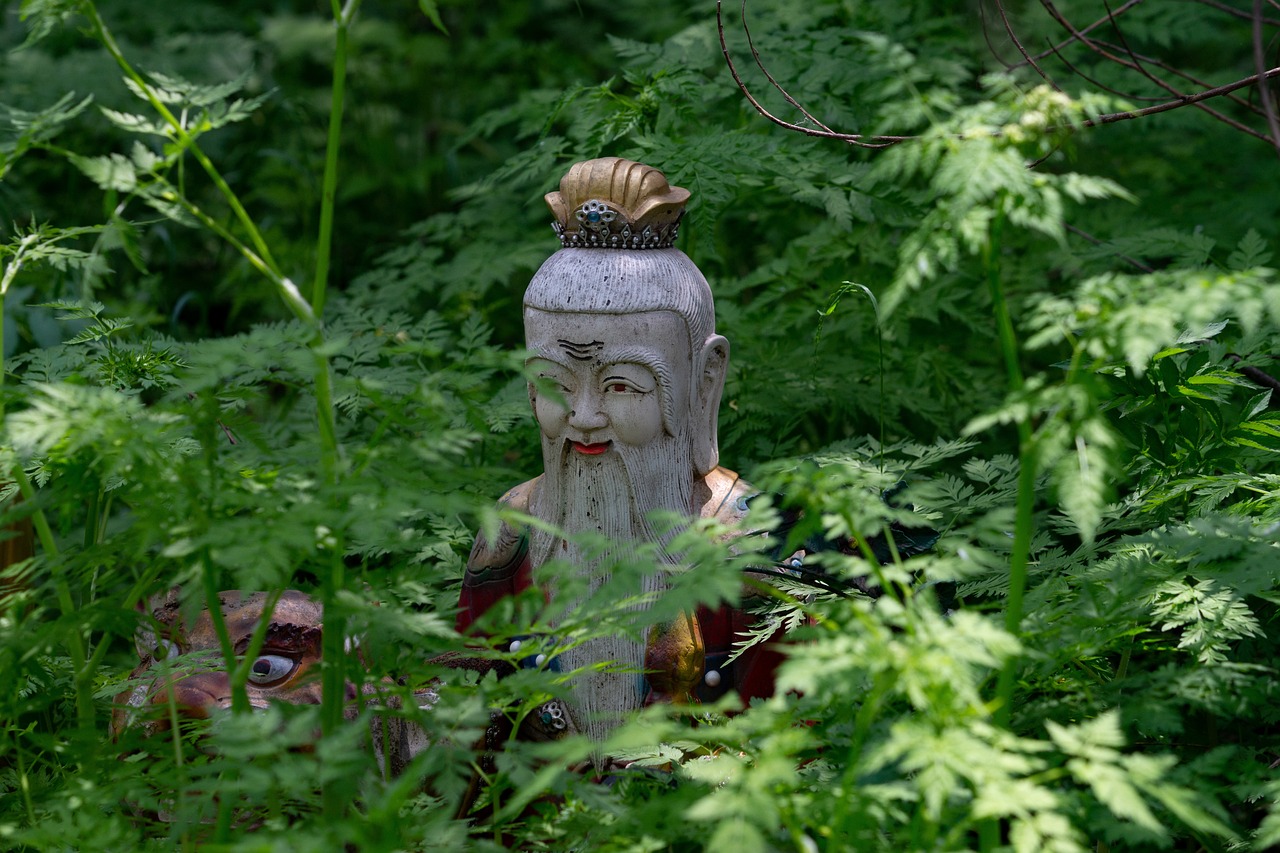
Energy Healing and Soul Retrieval
Energy healing and soul retrieval are fundamental components of shamanic practices, focusing on restoring balance and harmony within individuals. Shamans believe that illness and suffering stem from imbalances in the energy field and the loss of essential parts of the soul. Through energy healing techniques, shamans work to realign the energy centers and remove blockages that hinder the flow of vital energy throughout the body.
Soul retrieval, on the other hand, involves the shaman journeying into the spirit world to retrieve fragmented aspects of the individual's soul that may have been lost due to trauma or negative experiences. These lost soul parts are reintegrated into the individual, bringing about healing on a profound level and restoring wholeness.
Shamans perceive the human being as a complex interplay of physical, emotional, mental, and spiritual energies. Energy healing practices aim to address not only the physical symptoms of illness but also the underlying energetic imbalances that contribute to the manifestation of disease. By working with the subtle energies of the body and the spiritual realms, shamans facilitate the healing process on multiple levels, promoting holistic well-being.
During soul retrieval ceremonies, shamans create a sacred space where the individual can safely confront past traumas and reclaim lost parts of themselves. Through rituals, chants, and the use of sacred tools, shamans guide the individual on a journey of self-discovery and healing. The process of soul retrieval is deeply transformative, allowing individuals to release emotional burdens, gain clarity, and reconnect with their true essence.
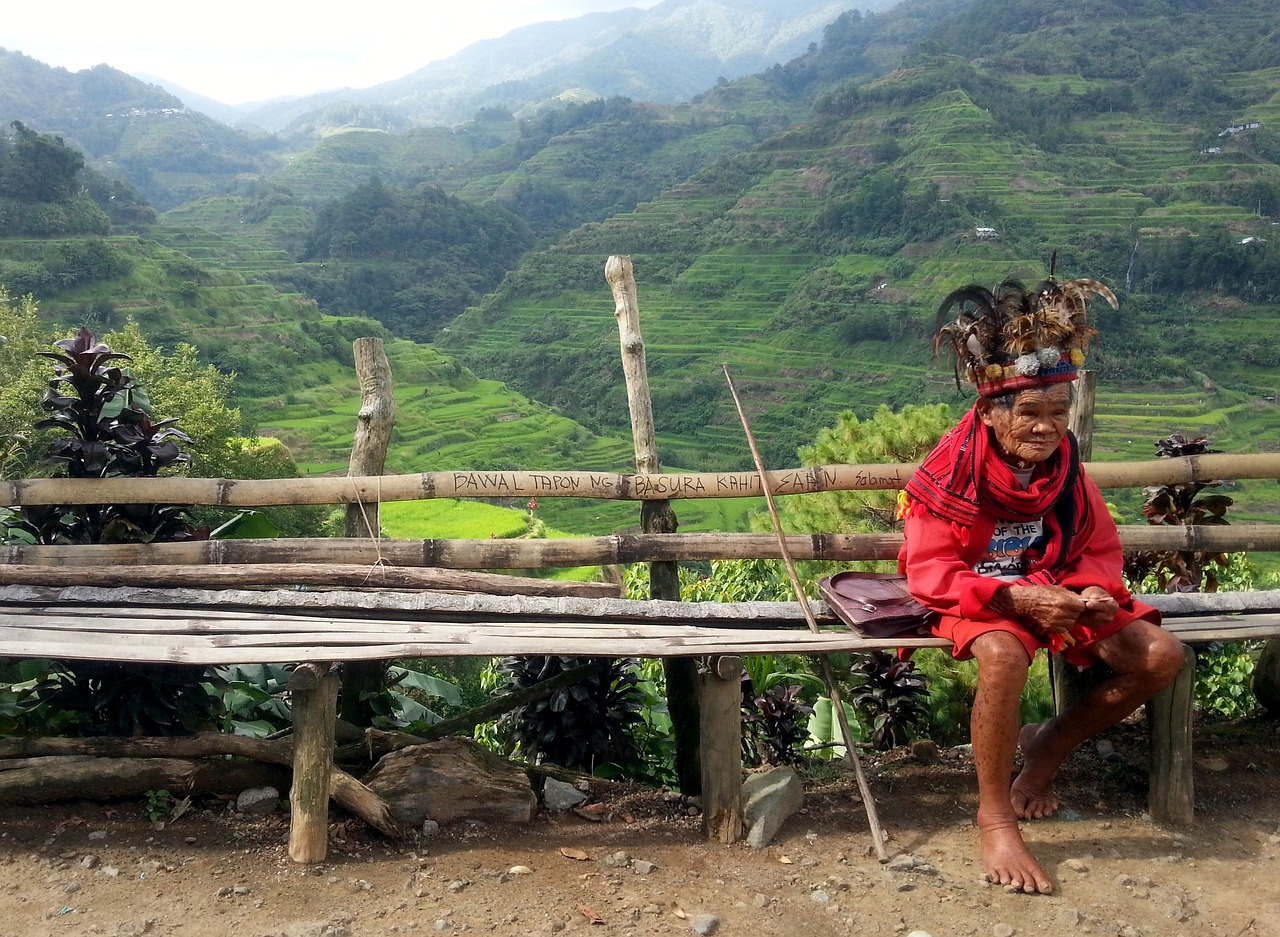
Legacy of Shamanism
Shamanism, with its rich history and profound impact on ancient cultures, continues to leave a lasting legacy in modern society. The practices and beliefs of shamans have transcended time, influencing spiritual traditions, healing methods, and cultural preservation. The legacy of shamanism serves as a bridge between the ancient wisdom of our ancestors and the contemporary quest for holistic well-being and spiritual connection.
One of the key aspects of the legacy of shamanism is its contribution to the understanding of interconnectedness and harmony with nature. Shamans have long revered the natural world as a source of wisdom, healing, and spiritual guidance. This reverence for nature has inspired modern environmental movements and a renewed appreciation for the Earth's ecosystems.
Furthermore, the legacy of shamanism can be seen in the integration of traditional healing practices with modern medicine. Many shamanic techniques, such as energy healing and soul retrieval, are now being recognized for their potential to complement conventional medical treatments and promote holistic healing.
Shamanism's legacy also extends to the realm of cultural preservation, as indigenous communities strive to safeguard their ancestral knowledge and practices. By honoring the traditions of their ancestors, these communities are not only preserving their cultural heritage but also fostering a sense of identity and belonging among future generations.
In today's fast-paced and technology-driven world, the legacy of shamanism serves as a reminder of the importance of spiritual connection, community healing, and emotional well-being. By embracing the timeless wisdom of shamanic traditions, individuals can find solace, guidance, and inspiration in navigating the complexities of modern life.
Frequently Asked Questions
- What is shamanism?
Shamanism is a spiritual practice that involves a practitioner, known as a shaman, who interacts with the spirit world to heal, divine, and work towards the betterment of the community.
- What are shamanic rituals?
Shamanic rituals are ceremonial practices performed by shamans to establish connections with the spiritual realm, communicate with spirits, and facilitate healing for individuals and the community.
- How do shamans communicate with spirits?
Shamans communicate with spirits through various methods such as meditation, chanting, drumming, and using sacred plants to enter altered states of consciousness and receive guidance from the spiritual realm.
- What is the role of sacred plants in shamanism?
Sacred plants like ayahuasca and peyote are used in shamanic ceremonies for spiritual enlightenment, healing, and accessing higher states of consciousness to gain insights and wisdom from the spirit world.
- What are shamanic healing practices?
Shamanic healing practices involve energy healing, soul retrieval, and other techniques aimed at addressing physical, emotional, and spiritual imbalances to restore harmony and well-being within individuals and communities.










